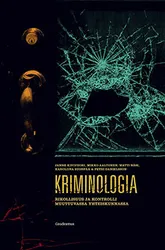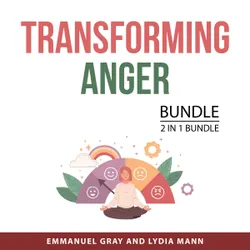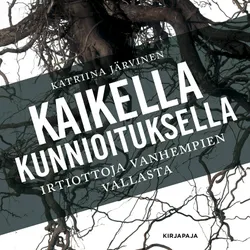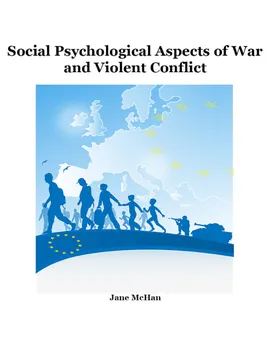The consequences to humans, animals, and to the environment of war and violent conflict provide a compelling rationale to better understand the causes and prevention of death, injury, economic, psychological, and environmental damages due to war. It is interesting, for example, to note that the United Nations designated 2001—2010 as the “decade for a culture of peace and nonviolence for the children of the world.” Was there less harmful aggression in the world during that decade? For certain, war and conflict continued with all of its’ associated trauma. Steven Pinker at Harvard has theorized that there is less aggression in the world than in previous centuries (Pinker, 2011). Pinker uses 100 graphs to compare the incidence of various categories of violence. If that is true it is good, but not good enough. There still remains an urgent need to prevent and settle conflicts.

Truslen indefra
Morten Skjoldager
book
Countdown : The Blinding Future of Nuclear Weapons
Sarah Scoles
audiobook
Awestruck : How Embracing Wonder Can Make You Happier, Healthier, and More Connected
Jonah Paquette
audiobook
Kriminologia : Rikollisuus ja kontrolli muuttuvassa yhteiskunnassa
Janne Kivivuori, Mikko Aaltonen, Matti Näsi, Karoliina Suonpää, Petri Danielsson
book
Age of Anxiety: How to Cope: How to Cope
Amrita Tripathi, Kamna Chhibber
book
Transforming Anger Bundle, 2 in 1 Bundle : Beyond Rage and CBT for Anger Management
Emmanuel Gray, Lydia Mann
audiobook
The History of Emotions
Thomas Dixon
audiobook
Kaikella kunnioituksella : irtiottoja vanhempien vallasta
Katriina Järvinen
audiobookbook
Keep Sharp : How to Build a Better Brain at Any Age
Sanjay Gupta
audiobook
How the End Begins : The Road to a Nuclear World War III
Ron Rosenbaum
book
Anxiety For Dummies
Charles H. Elliott, Laura L. Smith
audiobook
Seitsemän ja puoli oppia aivoista
Lisa Feldman Barrett
audiobookbook
